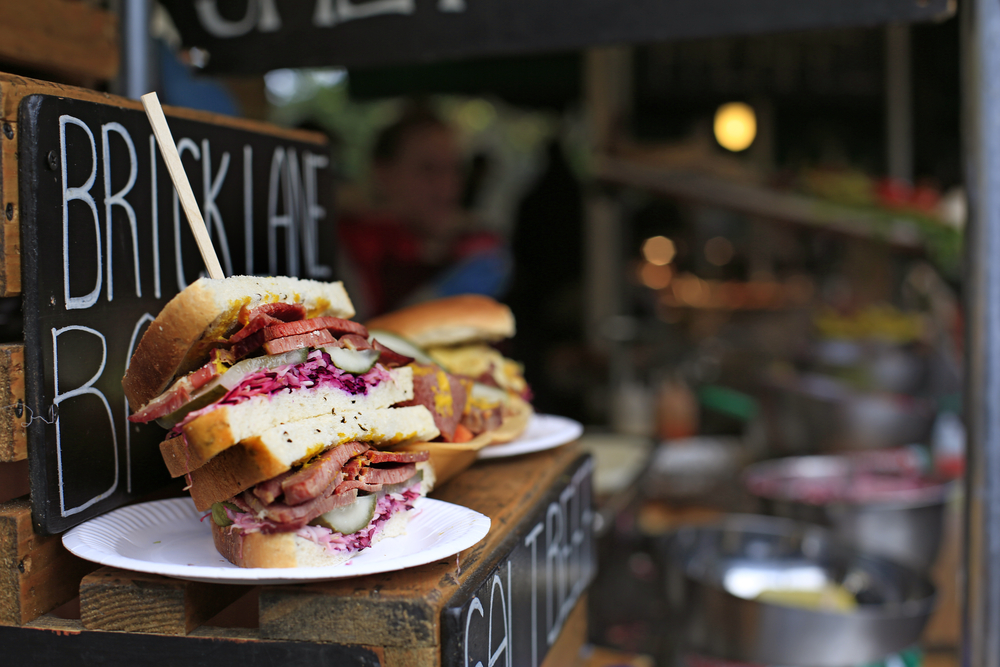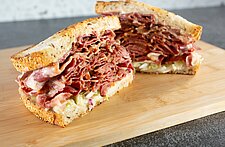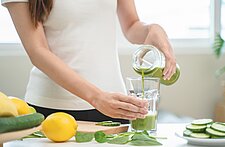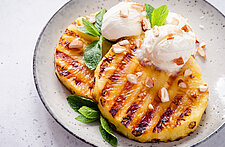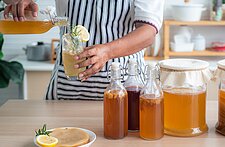When most folks think of seasonality it’s normally in preparation of Winter, Spring, Summer and Fall; but when consumers, more specifically foodies, think of seasonality it is usually in anticipation of pumpkin spice lattes or breast cancer pink cookies. At Symrise we are constantly looking for ways to innovate and that means going beyond the scope of normal. It also means not only looking for inspiration within, but outside of the box — our box being the food and beverage space. To do that, we teamed up with Brand Genetics to interview eleven experts spanning several, very different industries to get their take on seasonality in hopes of guiding you on your path to being informed, inspired, and innovative.
Stay ahead of flavor trends and creative concepts—subscribe to In-sight!
Roger Dooley has worked in the marketing world for 30 years and has had a focus on digital marketing for the past 15 years which is around the same time he developed an interest in neuromarketing. Not that his background needs anymore decorating, but he’s also the author of popular blog, Neuromarketing, and best-selling neuromarketing book, Brainfluence: 100 Ways to Persuade and Convince Consumers with Neuromarketing.
His interest is in the applicability of behavioral science — applying the work of Robert Cialdini, Professor of Psychology and Marketing — by using the tools of neuroscience and applying it to marketing. As you dive into the interview below you’ll get a sense of neuromarketing and its applications, the power of scent, and a more scientific-view on seasonality.
Can you talk to us about brands and neuromarketing?
Brands have been using neuromarketing in a few ways: to analyze consumers’ response (i.e. ads), to get to the next level of depth, to gauge information on different variants of ads, packaging evaluation, etc. For example, Campbell’s soup tested different images to find the optimal design for packaging and store displays and Deloitte measures market and user experience for websites and other products. The downside of neuromarketing is it can look scary to consumers and end up priming their response given the stress.
Any thoughts on the power of scent?
Scent is a shortcut to the brain, it is important to get to the brain as quick as possible in order to be remembered. Smell and taste are closely related. If you give someone a piece of tomato and told them it was a strawberry, they would feel the taste (not being able to smell). Flavor is less evocative, but as it is closely related it is also important. The key to emotion is in the scent, it triggers associations.
RELATED: What Seasonality Means for Major League Baseball![]() What are some of the drivers of seasonality?
What are some of the drivers of seasonality?
● Emotions and nostalgia.
● Vivid adjectives and colourful adjectives have association with their own personal memories and give more cues about the flavor experience activating certain areas of the brain quicker. Brian Wolsen from Cornell University found that simply adding adjectives increase sales by 27%.
● Scarcity, which is one of the seven principles of influence (other factors include reciprocity, commitment & consistency, social proof, authority, and liking). Temporary specials create scarcity.
● Novelty — consumers seek out novelty.
● Social signaling.
● Priming — people are being constantly primed through marketing. These changes can influence their flavor preferences along with pervasive marketing.
Do you have any advice you’d like to share?
● Be culturally and locally aware of seasonal traditions with a hyper-focused strategy. For example, be aware of regional area traditions, in the North you have snow and in the South you do not.
● Emotional tying – smell is an important part of this. As noted, it is a more direct path to the brain.
● Test in 2 ways – 1) Use various kinds of simple neuro-marketing tools (FMRI, EEG, automated facial coding) to get below the conscious level – get flavor associations, memories etc.; and 2) run a test in the real world as nothing works better than having context. Context is everything; if you go in a baseball stadium in the middle of summer, you’re going to want to have a hotdog and a beer (even if you don’t like it) as it is part of the experience. The context has the power to set your preference.
● Try to identify flavors – interview consumers and ask them open ended questions about seasonal experiences and memories.
The biggest takeaway from this series of interviews is that seasonality is about about novelty (think charcoal ice cream), flavor (pumpkin spice latte), functional benefit (plant-based everything), association (gingerbread cookies during Christmas), excitement (unicorn frappe), and priming (marketing). It is also a reflection of our world — weather, time of year, ingredients, locales, cultures, etc. Seasonality can be a good product development tool with the right balance of market curation and experimentation. At the same time, it can be expensive and hard to pull off without a healthy balance of change and stability.
This series is backed by our Seasonality Initiative where we help our customers develop pipelines of new concepts and flavor ideas for the seasons and major holidays. If you have questions or would like to learn more about our initiative please contact us.
